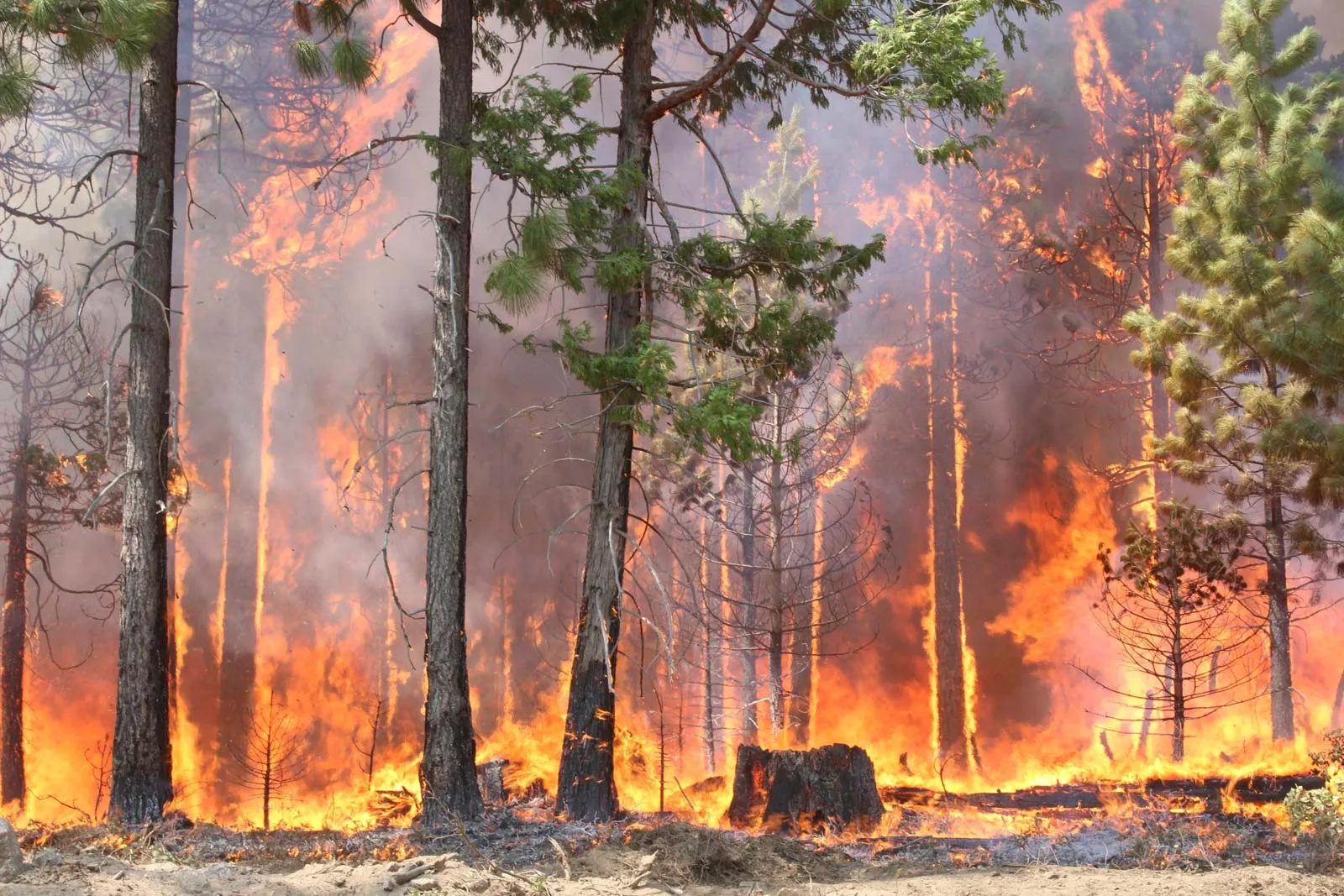When wildfires tear through natural landscapes, they leave behind a drastically altered environment that affects wildlife in numerous ways. Among the many creatures that must adapt to these changed conditions, snakes have shown particularly interesting behavioral responses. Research has revealed that certain snake species increase their activity in post-wildfire environments, a phenomenon that has fascinated herpetologists and ecologists alike. These reptiles, often misunderstood and feared, demonstrate remarkable adaptability that helps them not only survive but sometimes thrive in fire-affected habitats. Understanding this relationship between snakes and fire ecology provides valuable insights into ecosystem resilience and the complex ways wildlife responds to natural disturbances.
The Immediate Impact of Wildfires on Snake Habitats
Wildfires dramatically transform landscapes in mere hours, altering the physical structure of habitats that snakes have called home. Dense vegetation is reduced to ash, fallen logs are consumed, and the intricate network of ground cover disappears, leaving behind an exposed landscape. This immediate transformation eliminates many hiding spots and thermal refuges that snakes typically rely on for protection and thermoregulation. Water sources may dry up or become contaminated with ash, further stressing local snake populations. Despite these challenging conditions, many snake species have evolved alongside periodic fires in their native ecosystems, developing physiological and behavioral adaptations that allow them to weather these disturbances better than many other animal groups.
Thermal Advantages in Burned Landscapes
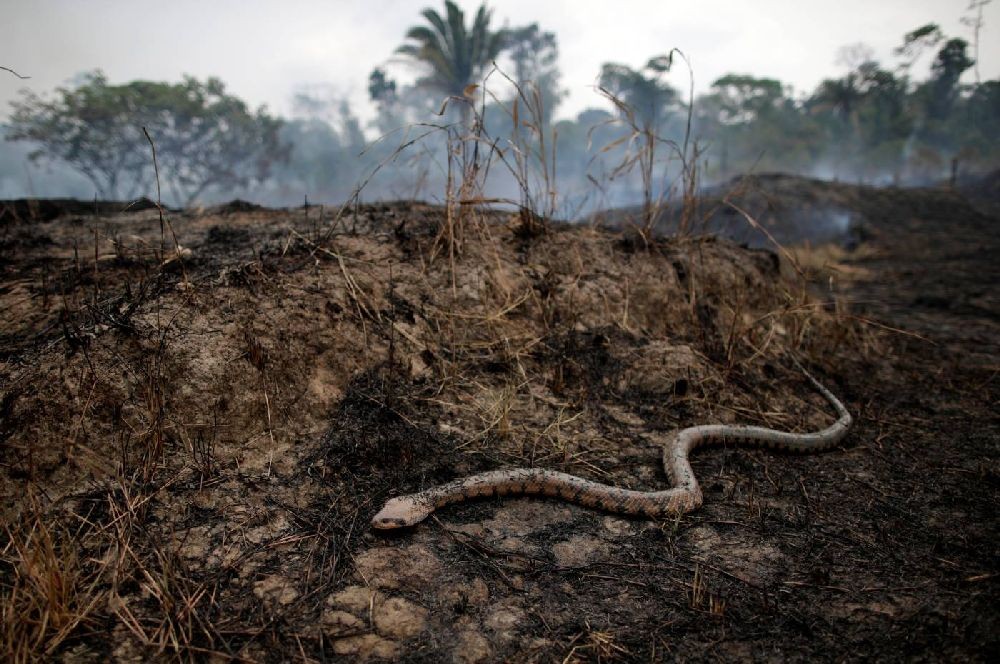
One of the primary reasons certain snakes become more active after wildfires relates to the changed thermal properties of the environment. The blackened, charred ground absorbs more solar radiation than vegetated areas, creating warmer microhabitats that are particularly beneficial to these ectothermic reptiles. Snakes rely on external heat sources to regulate their body temperature, and the post-fire landscape offers abundant opportunities for basking and reaching optimal temperatures more quickly. This thermal advantage translates directly into increased metabolic rates, allowing snakes to digest food more efficiently, move faster, and generally function at higher physiological capacity. For species that prefer warmer conditions, this thermal boost can lead to notably increased surface activity and hunting success in the weeks and months following a fire.
Improved Hunting Visibility and Efficiency
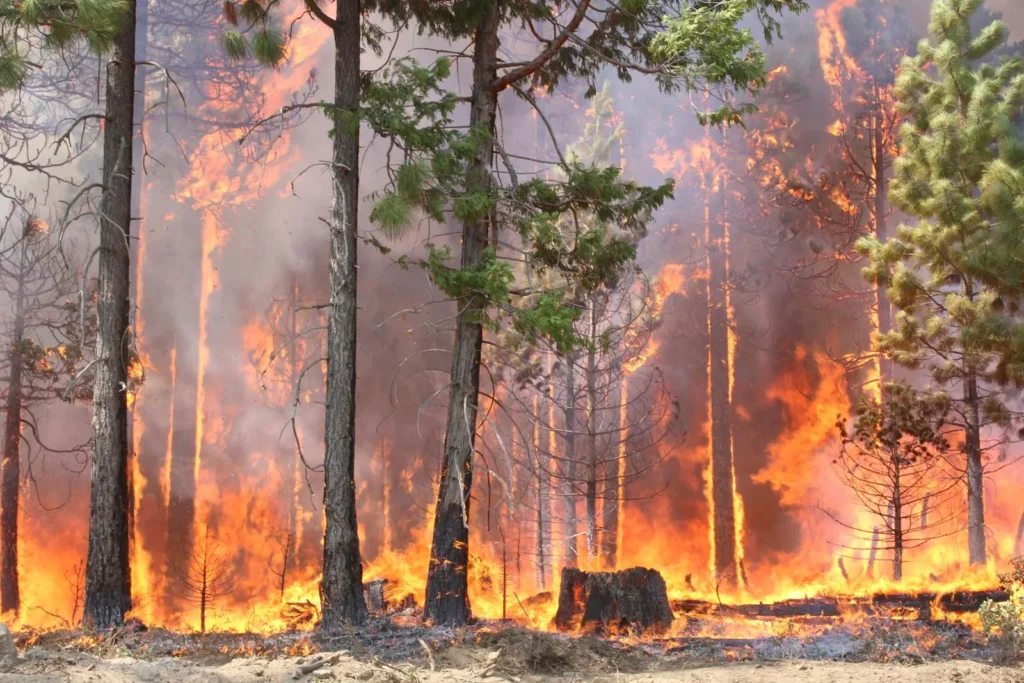
The cleared understory following a wildfire creates hunting conditions that many snake species find advantageous. With ground cover reduced, prey animals like rodents and small mammals have fewer places to hide, making them more visible and accessible to predatory snakes. This increased hunting efficiency is particularly beneficial for ambush predators like rattlesnakes and pythons that rely on vision to detect prey movement. Studies have shown that some snake species maintain higher body weights and better body condition in recently burned areas compared to unburned control sites, suggesting improved foraging success. The combination of better visibility, fewer obstacles to movement, and concentrated prey populations in remaining habitat patches creates a hunting paradise for many snake species.
Reduced Competition from Other Predators
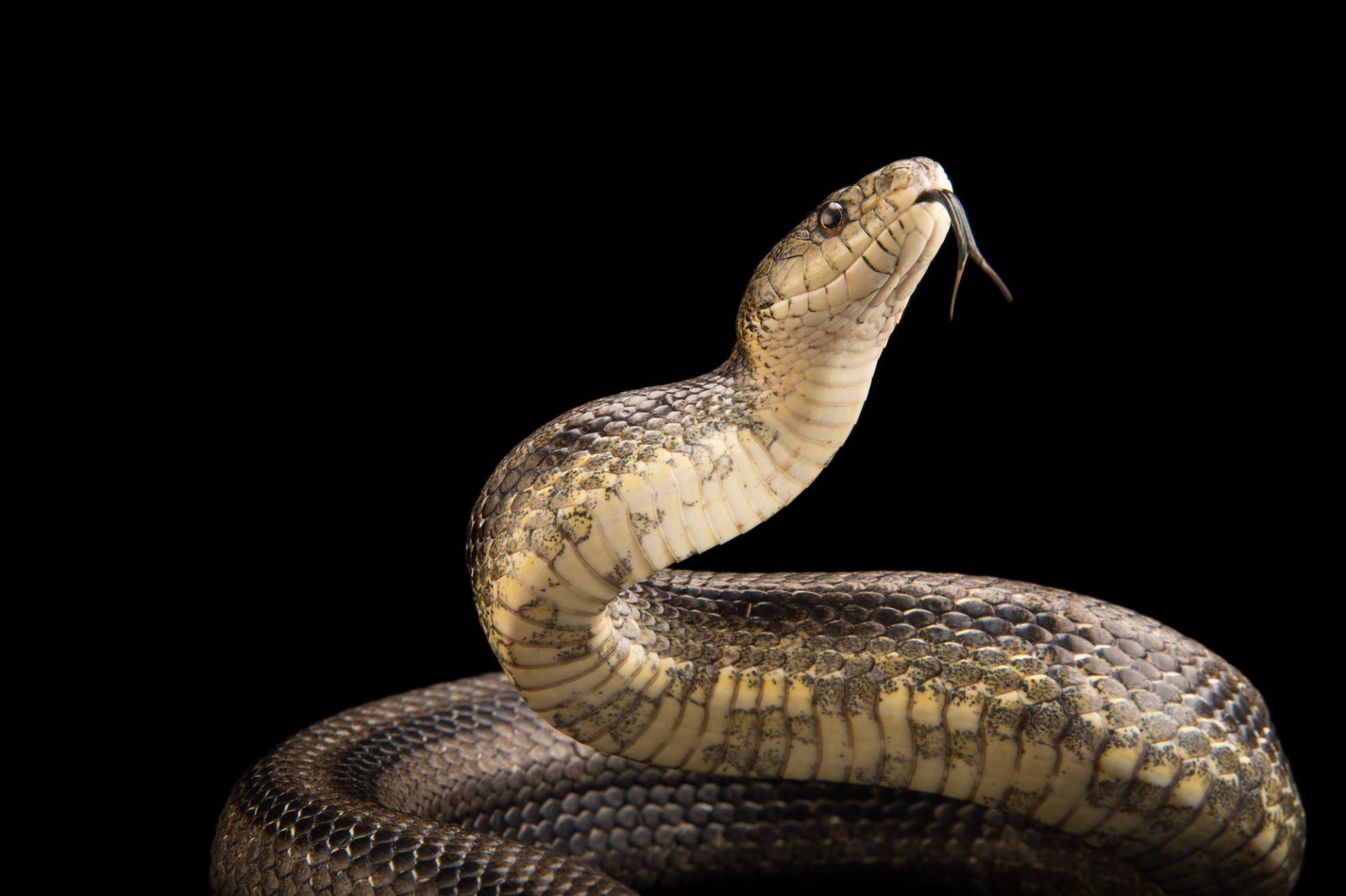
Wildfires often have a disproportionate impact on different animal groups, with some species suffering higher mortality or displacement than others. Many mammalian and avian predators that compete with snakes for the same prey base may temporarily abandon burned areas, creating an ecological vacuum that snakes can exploit. With fewer competing predators, snakes face reduced pressure for resources and can expand their activities accordingly. This competitive release effect has been documented in several post-fire studies showing increased snake capture rates coinciding with decreased presence of other predator groups. The temporary advantage may last for months or even years, depending on how quickly the ecosystem recovers and other predators return to the area.
Species-Specific Responses to Fire
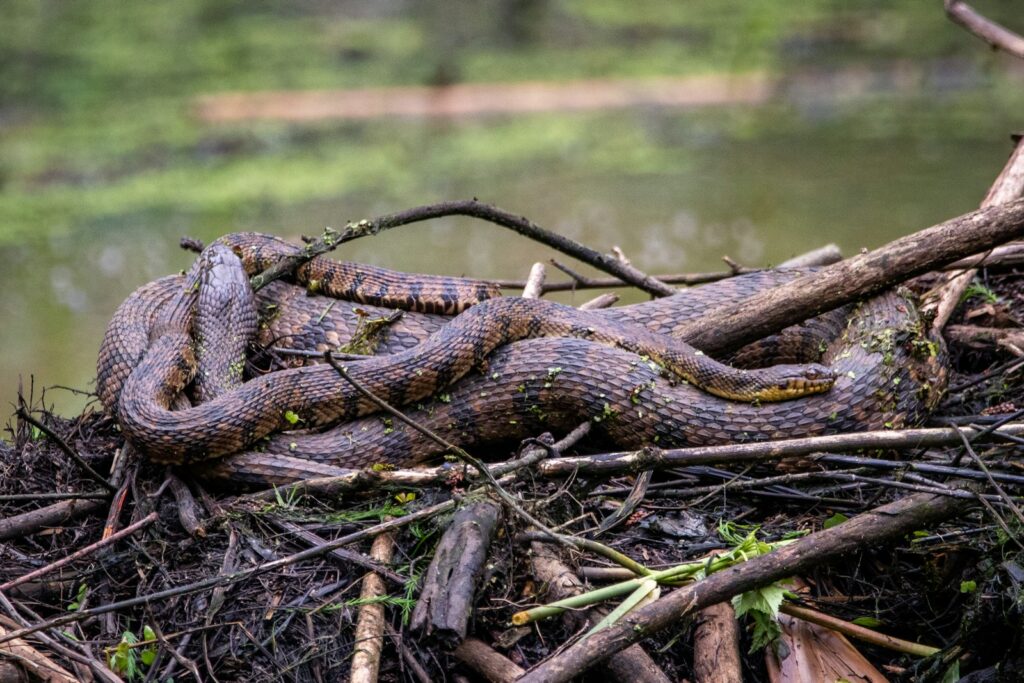
Not all snake species respond to wildfires in the same way, with ecological specializations playing a major role in determining which species benefit from post-fire conditions. Generally, habitat generalists and those adapted to open environments show the most positive responses to burned landscapes. For example, studies in Australia have found that eastern brown snakes and death adders often increase in abundance following fires, while arboreal species that depend on intact tree canopies typically decline. In North America, rattlesnakes, racers, and other ground-dwelling species frequently show increased activity in recently burned areas. These species-specific responses reflect evolutionary histories, dietary preferences, and thermoregulatory needs that make certain snakes pre-adapted to exploit post-fire landscapes.
Behavioral Shifts in Movement Patterns
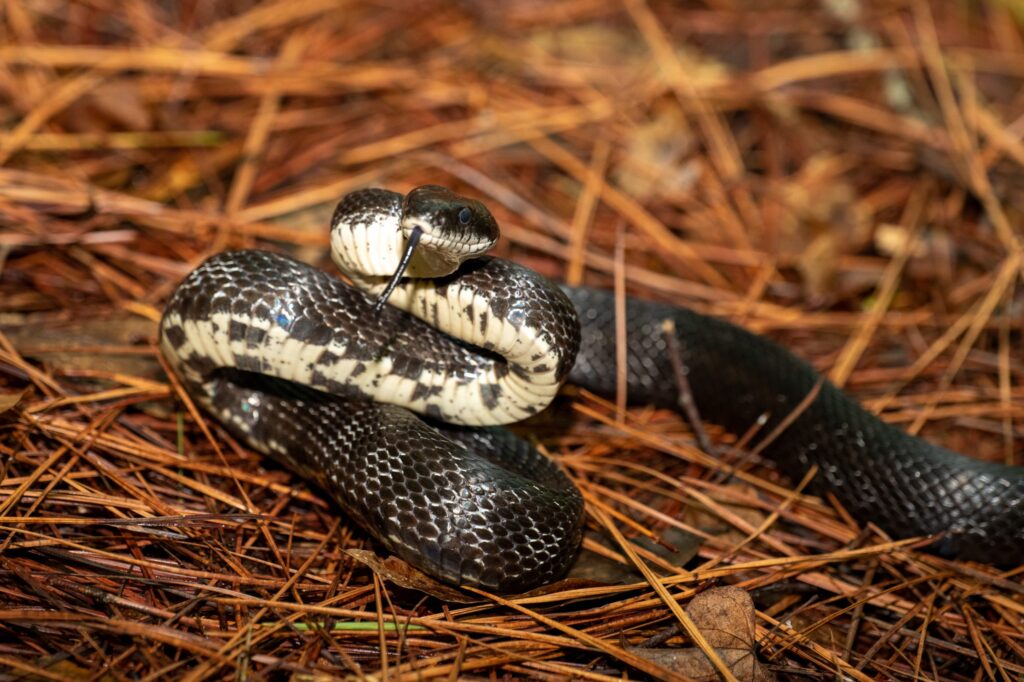
Researchers tracking snake movements before and after wildfires have documented fascinating changes in behavior that reveal how these reptiles adapt. Many snakes exhibit expanded home ranges in burned areas, traveling farther daily than they would in unburned habitat. This increased movement likely reflects both the search for resources in a changed landscape and the ease of travel through areas with reduced vegetation density. GPS and radio telemetry studies have shown that some individuals that maintained relatively small territories before fires may increase their movement area by 50% or more afterward. Interestingly, these expanded movements often follow predictable patterns, with snakes concentrating activities around habitat edges, remnant vegetation patches, and other features that still provide some structural complexity in an otherwise simplified landscape.
The Role of Fire Intensity and Patchiness

The severity and patchiness of wildfires strongly influence how snake populations respond in the aftermath. Moderate-intensity fires that create a mosaic of burned and unburned patches typically produce the most favorable conditions for snake activity. These patchy burns preserve some refuges while creating advantageous hunting grounds, offering snakes the best of both worlds. High-intensity, uniform fires that leave few unburned patches may initially depress snake populations before gradually seeing increased activity as vegetation begins to recover. Research in fire-prone ecosystems like chaparral and savanna has consistently found that heterogeneous burn patterns support higher snake diversity and activity levels than either completely unburned areas or severely burned landscapes with little remaining habitat complexity.
Potential Risks Despite Increased Activity

While increased activity might suggest snakes are thriving, post-fire environments also present significant challenges that counterbalance the benefits. The same increased visibility that helps snakes find prey also makes them more vulnerable to their predators, particularly birds of prey that can spot them easily against the burned landscape. Dehydration risks increase substantially in the hotter, drier post-fire environment, especially for smaller snake species with higher surface-area-to-volume ratios. The lack of cover also exposes snakes to greater temperature extremes, potentially forcing them to spend more energy moving between suitable microhabitats. These counteracting forces mean that even species showing increased activity may face higher mortality rates, creating a complex picture of post-fire snake ecology.
Human-Snake Encounters After Fires
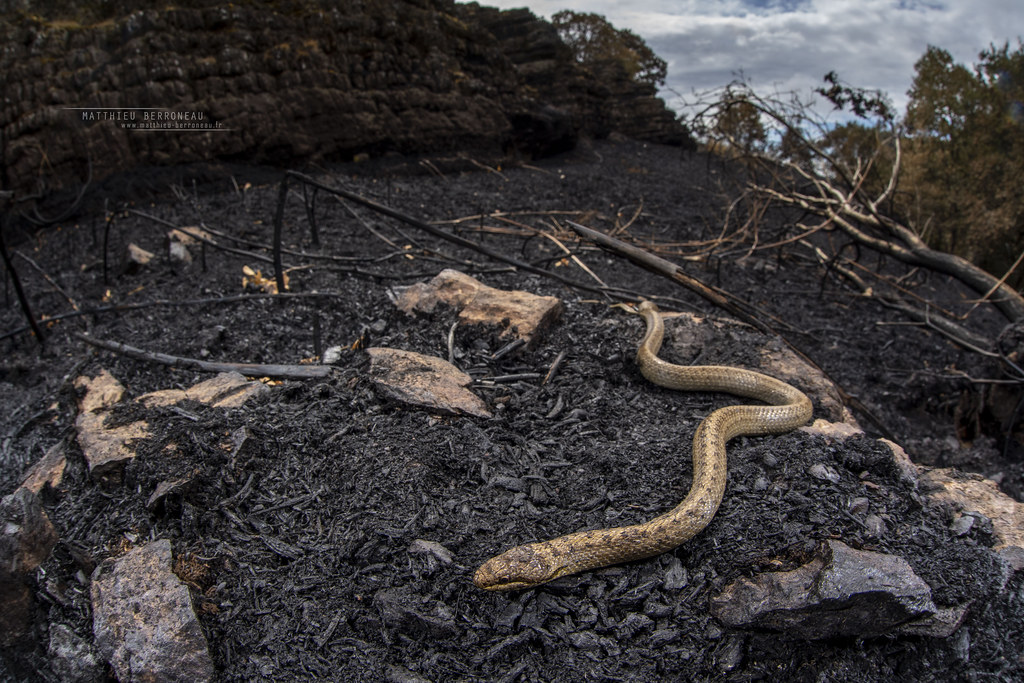
The behavioral changes in snakes following wildfires often lead to increased human-snake interactions, particularly in areas where natural lands interface with human development. As snakes move more widely in search of prey and suitable habitat, they frequently encounter roads, structures, and other human-modified environments. This can result in higher numbers of snake sightings in residential areas adjacent to recently burned wildlands, sometimes causing concern among local residents unfamiliar with these patterns. Wildlife management agencies often report spikes in snake relocation requests following major fires near populated areas. Understanding the ecological drivers behind these increased encounters can help communities develop appropriate response plans that protect both human safety and snake conservation.
Recovery Timeline and Vegetation Succession
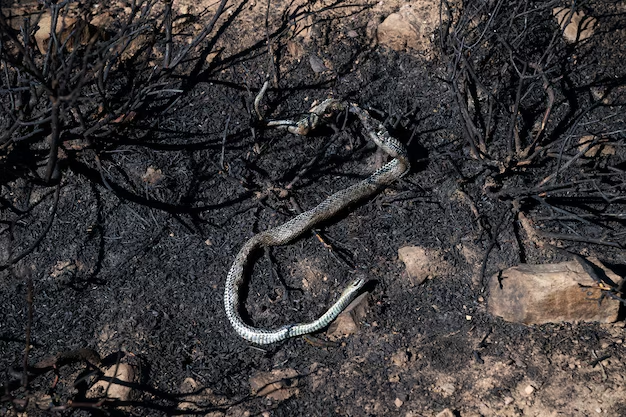
The window of increased snake activity following wildfires is not permanent but follows the trajectory of habitat recovery and succession. Initially, the open conditions may favor certain snake species for the reasons discussed, but as vegetation regrows, the advantages gradually diminish. Research suggests that peak snake activity in burned areas typically occurs within the first two years post-fire, with activity levels gradually returning to baseline as the habitat recovers. However, this timeline varies considerably depending on ecosystem type, with arid environments showing longer-lasting effects than more mesic systems, where vegetation rebounds quickly. The successional stages of plant recovery create a shifting mosaic of conditions that different snake species may exploit at different times, creating a dynamic pattern of snake community composition throughout the recovery process.
Climate Change and Increasing Fire Frequency
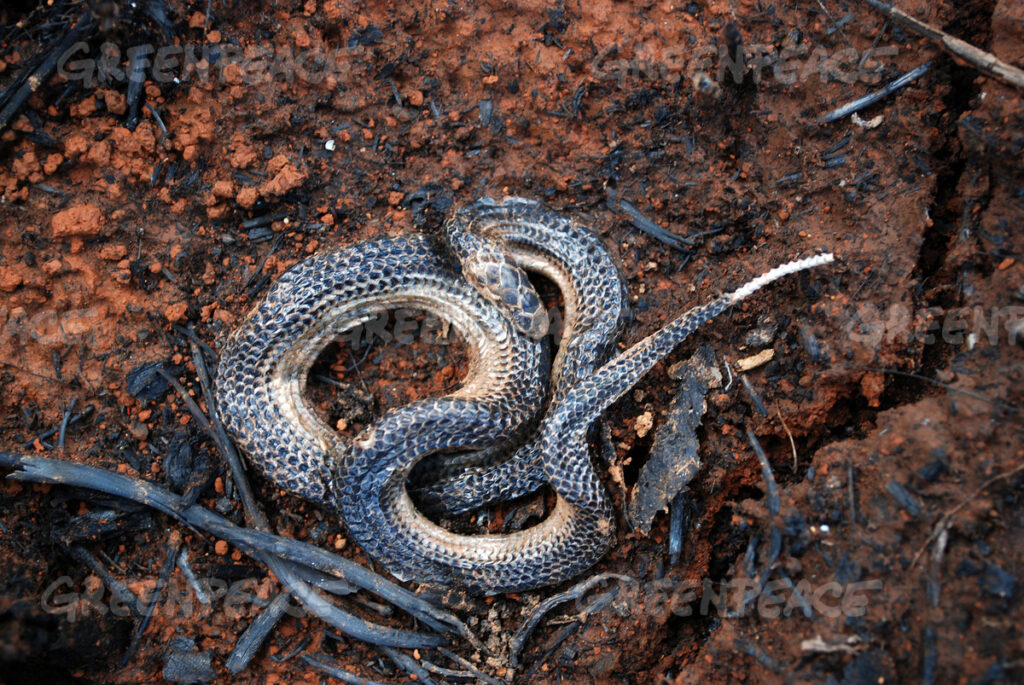
As climate change intensifies fire regimes globally, the relationship between snakes and wildfires takes on new significance for conservation. More frequent, intense fires may exceed the adaptive capacity of even fire-tolerant snake species if they occur too often to allow population recovery between events. In areas where fire frequency has dramatically increased, researchers have documented concerning population declines even among snake species that typically respond positively to occasional fires. The altered fire regimes may create novel ecological conditions unlike those in which these species evolved, potentially leading to unpredictable outcomes. Long-term monitoring studies are critically needed to understand how snake communities will respond to these changing disturbance patterns and identify conservation interventions that might be necessary.
Conservation Implications and Management Considerations
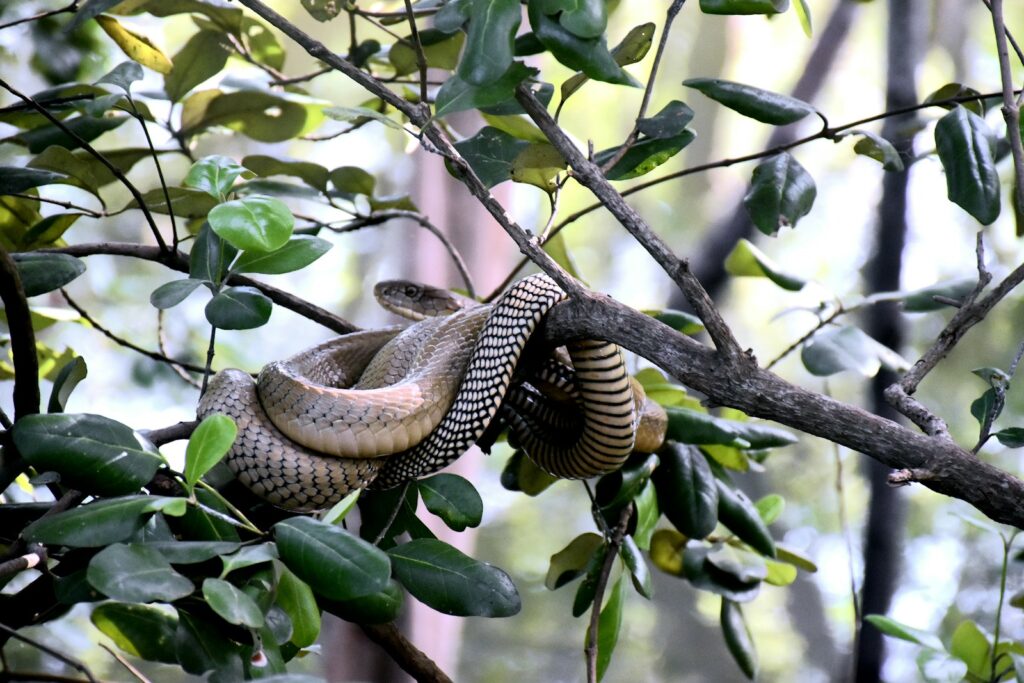
Understanding the complex relationship between snakes and fire has important implications for wildlife management and conservation planning. In some cases, the increased activity of snakes after fires represents a natural and beneficial ecological response that managers should anticipate and accommodate. Land managers may need to consider how post-fire restoration activities might affect snake populations, potentially timing interventions to minimize negative impacts on these important predators. For threatened or endangered snake species, knowledge of fire response can inform habitat management decisions, including the possible use of prescribed burning to create favorable conditions. Conservation strategies increasingly recognize the importance of maintaining natural disturbance regimes, including periodic fires of appropriate intensity and scale, to support the full diversity of native wildlife, including snake species adapted to fire-influenced landscapes.
The increased activity of certain snake species following wildfires highlights the remarkable adaptive capacity of these ancient reptiles. Through millions of years of evolution alongside periodic fires, many snake species have developed behavioral and physiological traits that allow them to not just survive but potentially benefit from these natural disturbances. This resilience offers a fascinating window into ecological adaptation and the complex ways ecosystems respond to and recover from disturbance. As we face a future of changing fire regimes and other environmental challenges, understanding these nuanced relationships becomes increasingly important for conservation. The story of snakes and fire reminds us that nature’s responses to disturbance are rarely simple or uniform—each species interacts with changed conditions in unique ways shaped by its evolutionary history and ecological role.

